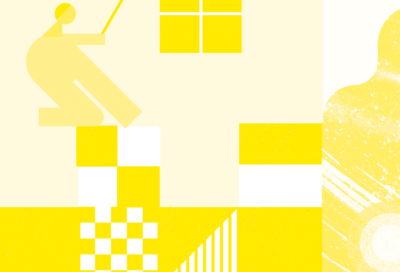Reimagining the Morbidity & Mortality Conference
Through our interest in systems improvement in healthcare, the Morbidity and Mortality Conference, or M&M, is a practice that arose frequently in our conversations with healthcare professionals. A century-old practice, the M&M remains a fixture in medical practice across specialties. Established By Massachusetts General Hospital in the early 1900s to provide a peer review process for the analysis of adverse patient outcomes, we learned that it has earned a reputation as a place for “blame and shame.” Despite its ubiquity and a century of practice as a system to support learning and improvement, research indicates that avoidable medical error is the third leading cause of death in the US. The number of preventable deaths in US hospitals have been reported to be as high as 200 to 400 thousand per year. Confronted with this shocking data, CfC questioned the efficacy and relevance of the M&M. Was it a useless “vestigial appendage” – could it be made “fit for purpose” (Joseph Juran) for the 21st century?
Through our desk research we studied the scholarship of a number of authors, including Charles L. Bosk’s seminal work, Forgive and Remember. We employed creative practices to consider underlying epistemological errors and how the history of privileged access to medical education retains hidden influence in contemporary practice. We interviewed practicing physicians from a variety of specialties, attended virtual M&M sessions and studied videos of M&Ms and Grand Rounds available online.
We were inspired to reframe the issue as an opportunity to innovate and reform the M&M rather than abandon it. We proposed that we not “blame and shame” the practice itself, but reimagine its potential as a unique and important tool in a practice of reflecting, learning and taking action to help the M&M fulfill its critical role as a method for reducing adverse outcomes.
In January of 2021, after 6 months of research, planning, and design, CfC conducted its own internal Framing Studio to interrogate opportunities for redesign. CfC Strategic Design Leads Sahib Singh and Julie Woods authored a Studio Brief which was mailed to all members of the team, along with readings and research materials – a process necessitated by pandemic remote working conditions.
We dedicated 25 scheduled studio hours over 2 weeks to co-learning, reflecting, and testing ideas and prototypes. The team applied creative practice to imagine possible paths for improvement – including redesign and replacement, and a range of interventions that would be needed to shift the culture and create a model that could deliver reductions in medical error.



